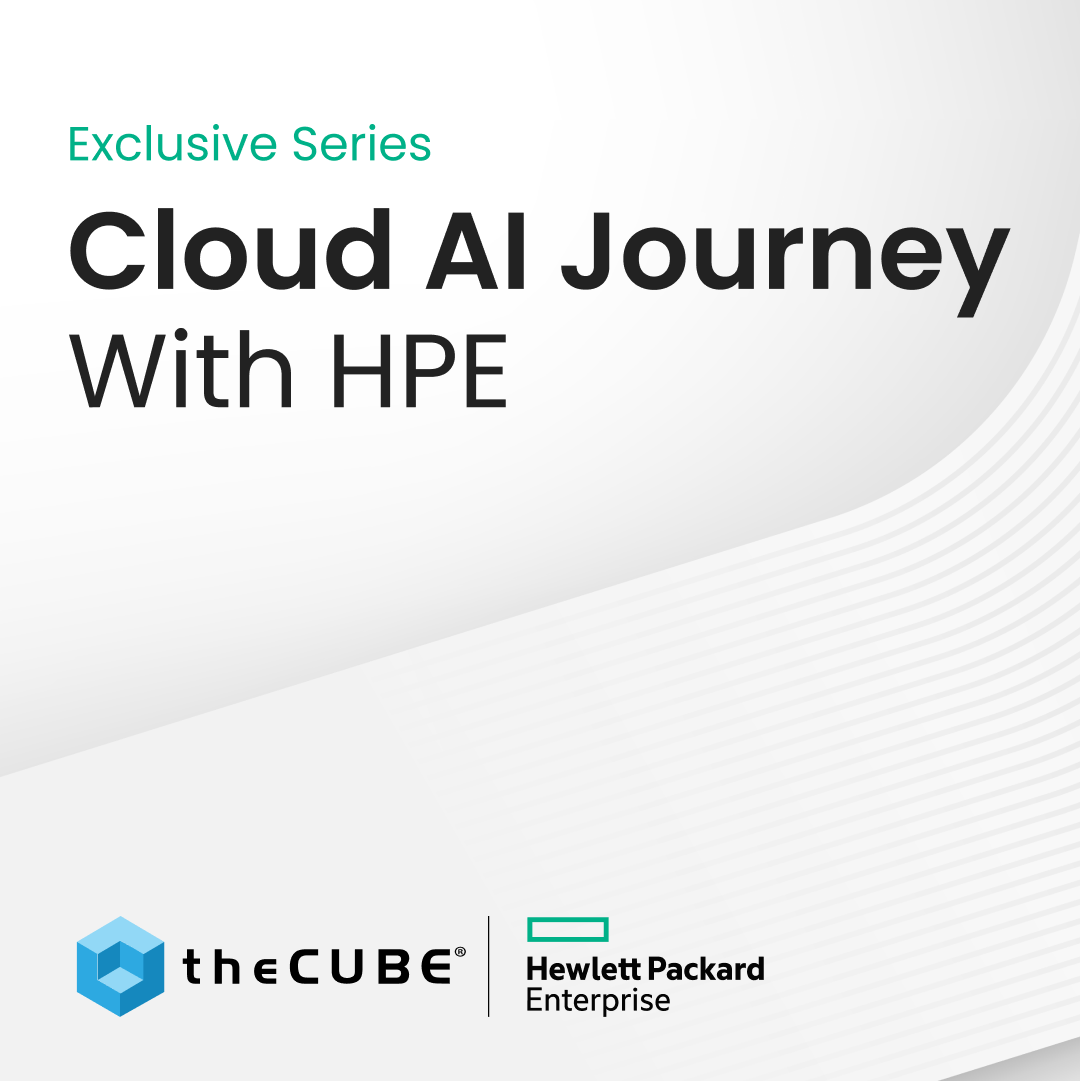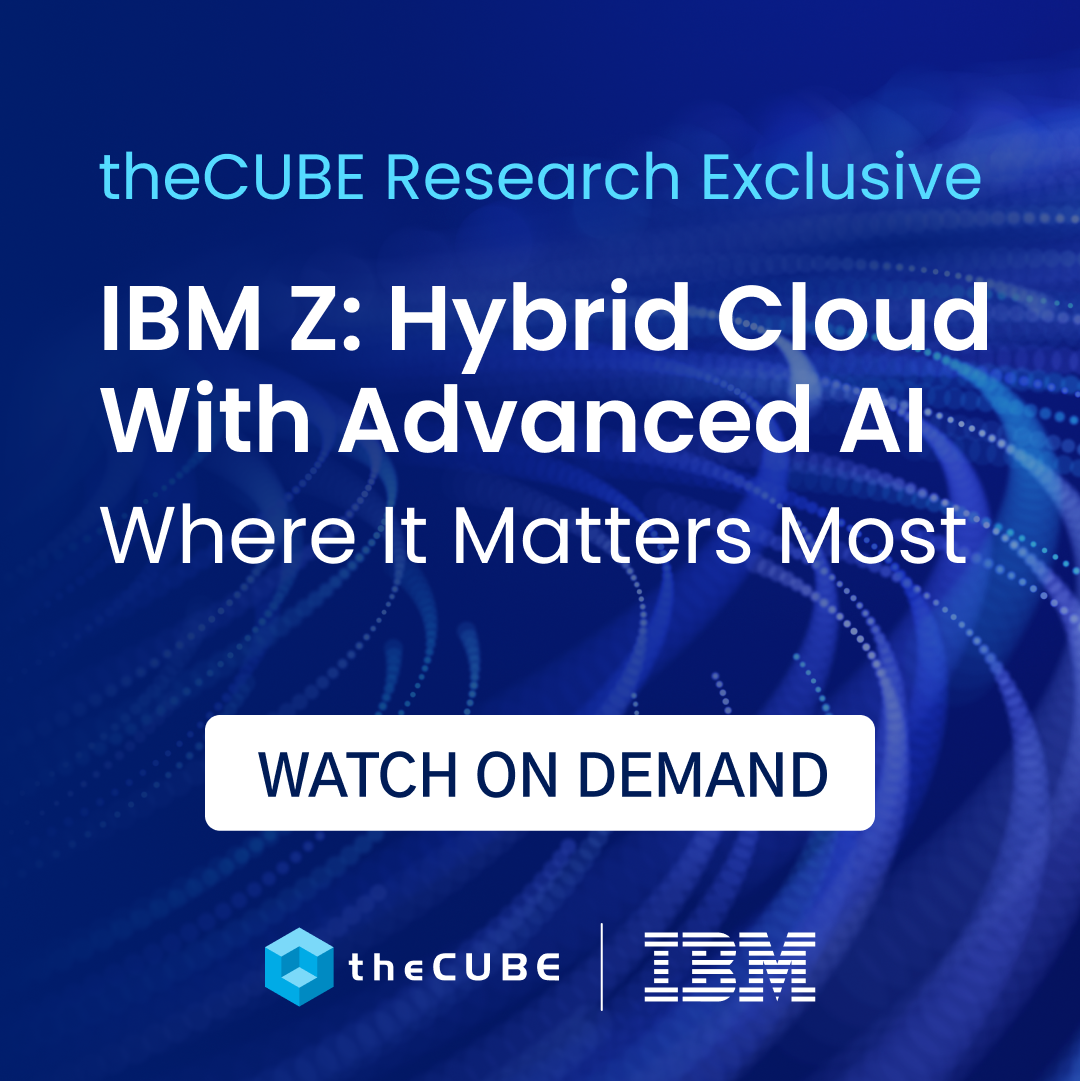Third platform hardware explained | #vmworld
![]() Two years after the International Data Corporation coined the term “third platform”, we’re now starting to see this vision emerge through things like EMC Corp.’s Elastic Cloud Storage. We know that the third platform is all about mobility, social networking, Cloud and Big Data, but less talked about is the hardware behind it all. In an interview for theCUBE at VMworld, EMC Senior Director of Global Evangelism Denis Vilfort, discussed the differences in hardware between the second and third platforms.
Two years after the International Data Corporation coined the term “third platform”, we’re now starting to see this vision emerge through things like EMC Corp.’s Elastic Cloud Storage. We know that the third platform is all about mobility, social networking, Cloud and Big Data, but less talked about is the hardware behind it all. In an interview for theCUBE at VMworld, EMC Senior Director of Global Evangelism Denis Vilfort, discussed the differences in hardware between the second and third platforms.
In the second platform, there is a front-end web tier and a back-end app tier. One web tier has stacks of, what Vilfort refers to as, “pizza boxes” that contain one core and one CPU each, and the only way to get scale is to buy more boxes. The app tier is where the big database server is housed. These two tiers essentially create a funnel effect, in which everything comes to the front-end and then goes to the back-end where data gets monetized.
The third platform is basically that whole process mashed together and then scaled horizontally. Vilfort said that this is possible thanks to folks, like Intel Corporation, who offer single sockets with 12 cores of CPU. Systems that scale on a horizontal compute can now be built, with a data retention layer underneath it.
There are two pieces to the puzzle in the third platform. The first piece stores and protects data. The second piece allows you to analyze that data, create value from it, then store it again. Vilfort described this as being kind of like snakes and ladders, where there’s transformative compute engines, retention layers underneath and then it’s all networked together. “It’s actually a horizontal, scalable sea of compute, sea of data retention, and that means that we have to write the software differently to pull that off,” added Vilfort.
photo credit: billfrog2 via photopin cc
A message from John Furrier, co-founder of SiliconANGLE:
Your vote of support is important to us and it helps us keep the content FREE.
One click below supports our mission to provide free, deep, and relevant content.
Join our community on YouTube
Join the community that includes more than 15,000 #CubeAlumni experts, including Amazon.com CEO Andy Jassy, Dell Technologies founder and CEO Michael Dell, Intel CEO Pat Gelsinger, and many more luminaries and experts.
THANK YOU















